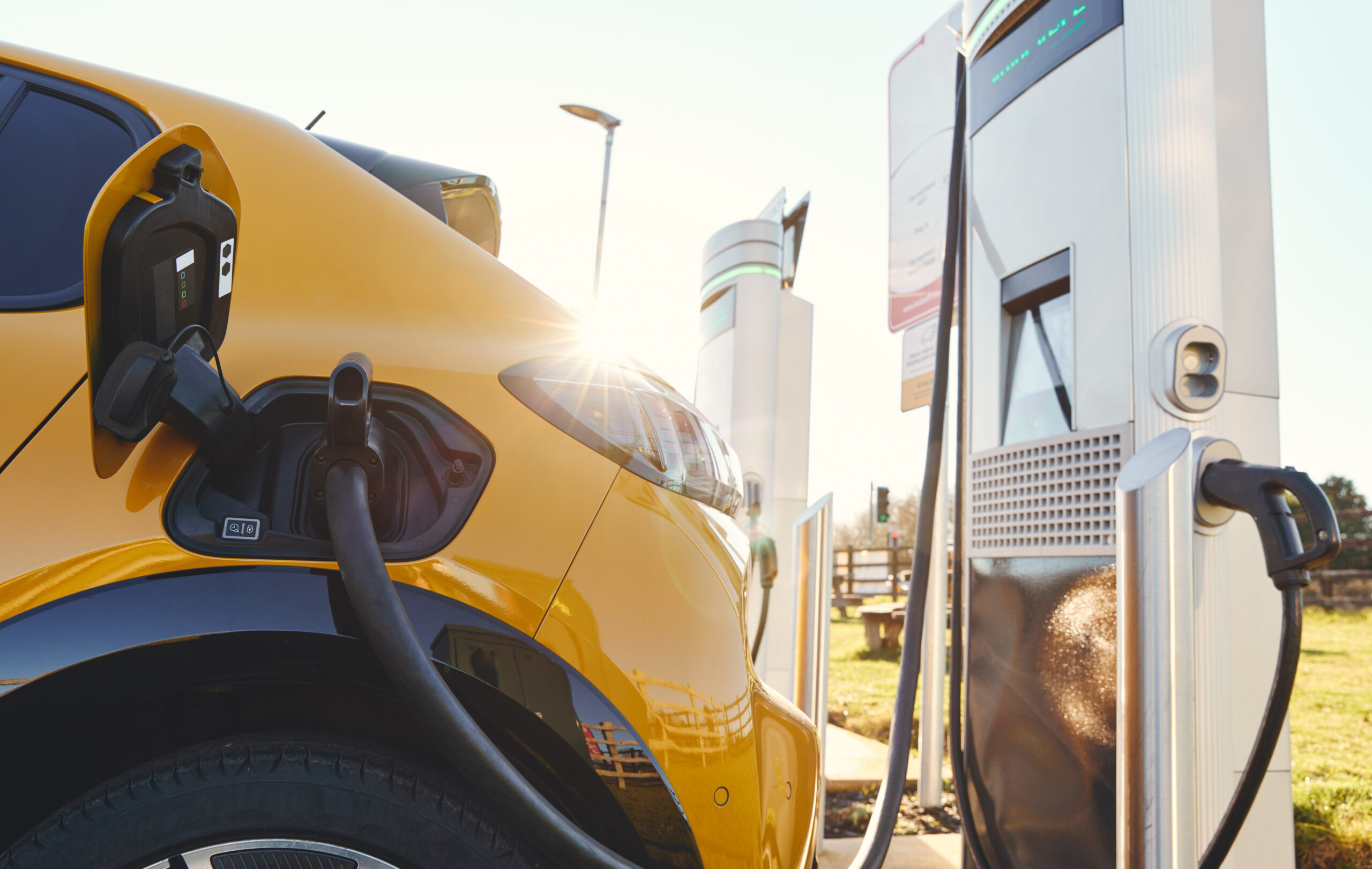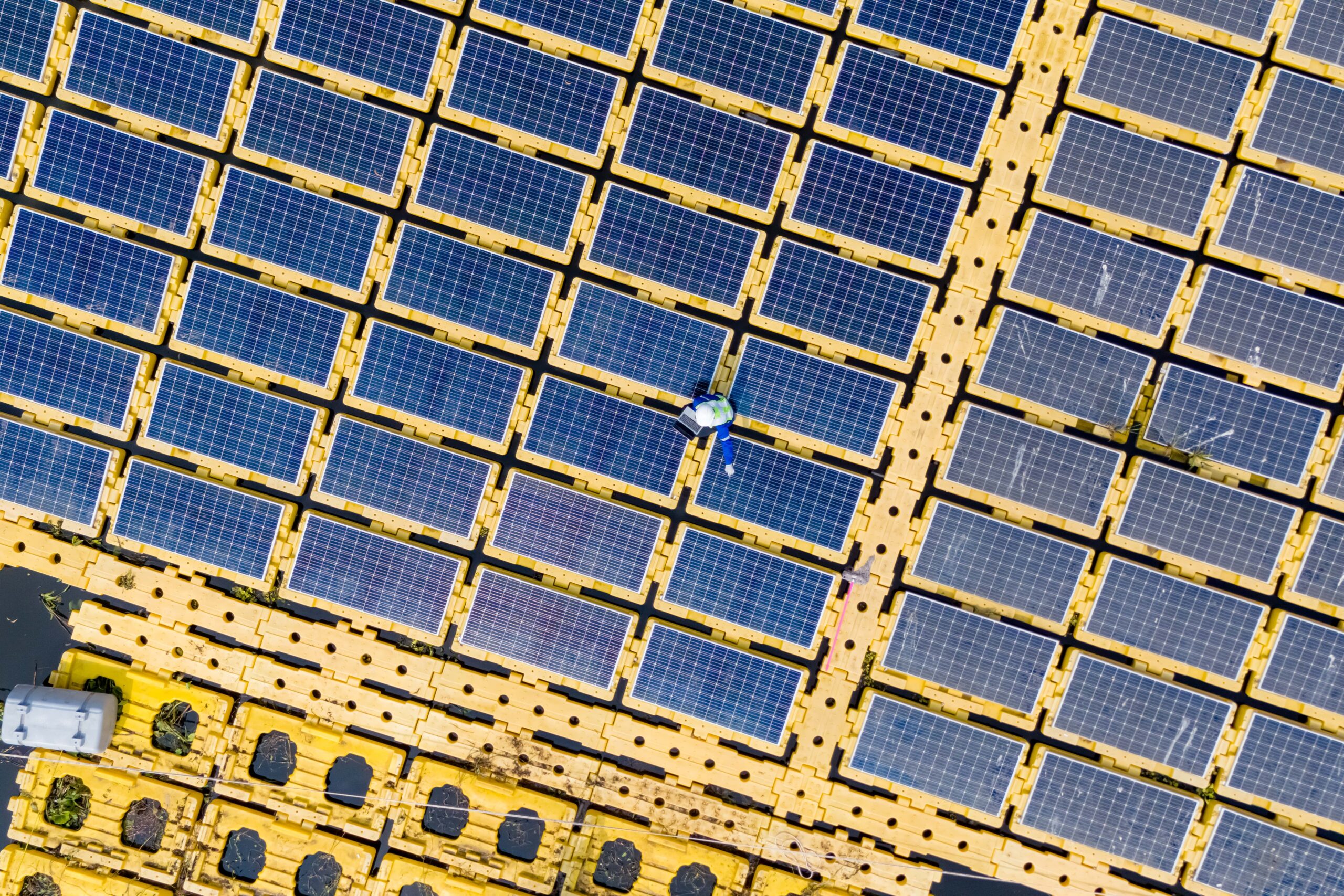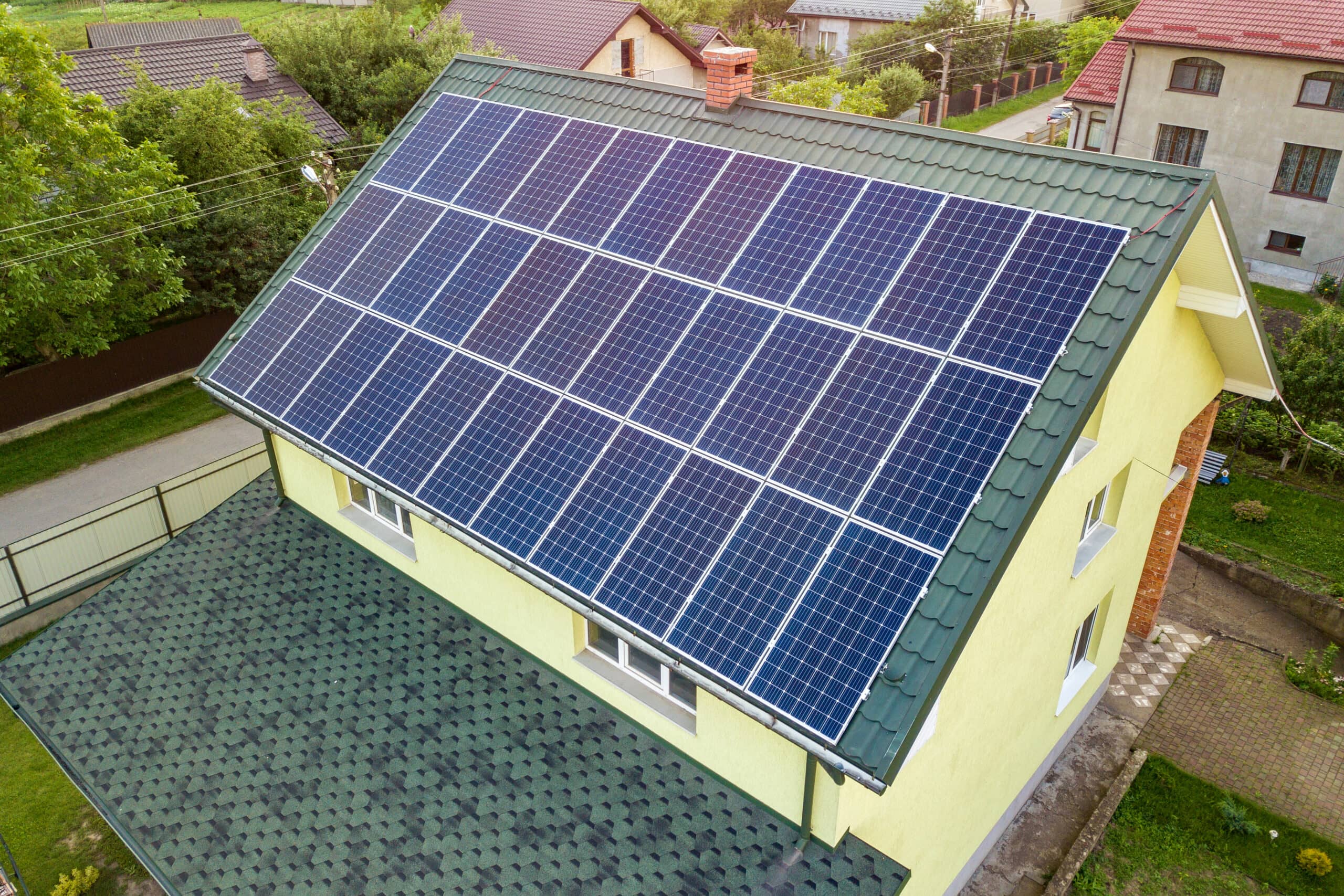Welcome to the future of transportation and energy! In this article, we’ll dive into the current state of electric cars and the power grid. Electric cars are gaining momentum as a sustainable alternative to traditional vehicles. As the demand for electric cars grows, the power grid is adapting to meet the needs of this clean energy revolution. Let us explore the importance of transitioning to electric vehicles for a greener, more sustainable future together!
The Role of Solar Energy in EV Charging
When we use solar power to charge electric vehicles, we tap into a clean and renewable energy source. Solar energy is abundant and freely available and produces no harmful emissions during generation. Charging our EVs with solar power reduces our reliance on fossil fuels and contributes to a greener and more sustainable future.
Nowadays, some charging stations are being equipped with solar panels. This integration allows for direct charging from the sun’s energy. Solar panels capture sunlight and convert it into electricity, which can then be used to charge electric vehicles. This combination of solar power and EV charging infrastructure creates a more sustainable and eco-friendly way to power our cars.
By charging our EVs with solar power, we significantly reduce our carbon footprint. Traditional charging methods, such as using electricity from the grid, often rely on fossil fuel-based power generation. But with solar-powered EV charging, we avoid these emissions altogether. This not only helps combat climate change by reducing greenhouse gas emissions, but it also improves air quality and promotes a healthier environment for everyone.
Solar-powered EV charging offers numerous advantages. It allows us to utilize clean and renewable energy, integrate solar panels with charging infrastructure, and make a positive impact by reducing our carbon footprint.
Vehicle-to-Grid (V2G) Technology
V2G technology enables electric vehicles to charge from the grid and discharge electricity back into the grid. This bidirectional energy flow allows EVs to become mobile energy storage devices. When connected to the grid, EVs can provide power during peak demand periods or emergencies. This technology could create a more flexible and resilient power grid.
EVs with V2G capabilities can contribute to grid stability by providing additional power when needed. During high electricity demand, such as hot summer days, EVs can discharge stored energy back into the grid, reducing strain on the power system. Additionally, EVs can serve as a decentralized energy storage solution, helping to balance the intermittent nature of renewable energy sources like solar and wind.
V2G technology opens up exciting opportunities for bidirectional energy flow between EVs and the grid. EV owners can sell excess energy stored in their vehicles back to the grid, earning them potential revenue or credits. This incentivizes EV adoption and encourages a more sustainable and efficient energy system.
Overall, V2G technology offers the potential to transform EVs into valuable assets for the power grid. By enabling bidirectional energy flow, EVs can contribute to grid stability, act as energy storage devices, and create new opportunities for EV owners and the energy industry. It’s an exciting development in electric mobility and renewable energy!
Energy Independence Through EVs and Renewable Energy
We can take significant strides towards achieving energy independence by harnessing the power of EVs and renewable energy sources like solar and wind. EVs can be charged using electricity generated from renewable sources, reducing our reliance on fossil fuels and promoting a cleaner, more sustainable energy ecosystem.
Decentralized energy production refers to generating electricity from multiple small-scale sources, such as rooftop solar panels or wind turbines, rather than relying solely on large centralized power plants. When combined with EVs, decentralized energy production allows for localized energy generation and consumption; this approach brings several benefits, including reduced transmission losses, increased energy efficiency, and greater resilience in power outages or disruptions.
A decentralized energy system enhances resilience and reliability. Distributing energy production across various sources minimizes the impact of localized disruptions. For example, during extreme weather events or natural disasters, a decentralized system can continue to provide power to critical infrastructure and EV charging stations, ensuring essential services and transportation remain operational.
By integrating EVs with renewable energy sources and adopting a decentralized energy system, we can move closer to achieving energy independence. This approach brings numerous benefits, including reduced greenhouse gas emissions, enhanced energy efficiency, and a more resilient and reliable infrastructure.
Smart Grid Solutions for EV Integration
Innovative grid technologies are crucial in managing EV charging and grid interactions. These technologies enable communication between EVs, charging stations, and the power grid. They provide real-time information on electricity demand, grid capacity, and renewable energy availability, allowing efficient and optimized charging schedules.
Grid intelligence is critical to optimizing EV charging schedules and energy distribution. With smart grid solutions, charging can be coordinated to avoid peak demand periods, ensuring a balanced load on the grid. This helps prevent strain on the grid infrastructure and maximizes the utilization of renewable energy sources, leading to cost savings and reduced greenhouse gas emissions.
Widespread EV adoption in smart grid systems does come with challenges. One challenge is managing the increased electricity demand from EV charging. However, solutions such as demand response programs can incentivize EV owners to charge during off-peak hours, reducing the strain on the grid. Additionally, advanced metering and billing systems can provide accurate and transparent billing for EV charging, promoting the fair distribution of costs.
By leveraging smart grid technologies, we can optimize EV charging, balance grid loads, and maximize the use of renewable energy sources. This integration is crucial for a sustainable and efficient energy future.
Policy and Regulatory Landscape
Governments worldwide are implementing policies and regulations to encourage EV adoption and renewable energy integration. These measures include incentives such as tax credits, rebates, and grants for EV purchases and charging infrastructure. Additionally, regulations are being implemented to promote clean energy generation and set emission standards, driving the transition towards sustainable transportation and a greener power grid.
Governments are taking proactive steps to promote sustainable transportation and grid modernization. They’re offering EV owners financial incentives, supporting charging infrastructure installation, and investing in renewable energy projects. These initiatives reduce greenhouse gas emissions, create jobs, and stimulate economic growth in the clean energy sector.
Stakeholders, including automakers, utilities, and environmental organizations, play a vital role in shaping the future of electric cars and the power grid. Automakers are investing in EV technology and expanding their electric vehicle offerings. Utilities are developing infrastructure to support widespread EV charging and exploring innovative grid management solutions. Environmental organizations advocate for clean energy policies and collaborate with stakeholders to accelerate the transition to a sustainable energy future.
By aligning policies, incentives, and stakeholder efforts, we can drive the adoption of electric cars, integrate renewable energy sources, and build a more sustainable and resilient power grid.
Empowering Homeowners for a Sustainable Future
This article explored the importance of EVs, solar energy, and innovative grid technologies in achieving a greener future. We discussed how EVs can reduce emissions and dependence on fossil fuels, how solar energy can harness renewable power, and how smart grid technologies optimize energy usage and management.
As homeowners, you have the power to make a positive impact by embracing EVs, solar energy, and smart grid technologies. Adopting electric vehicles can contribute to cleaner air and reduce carbon emissions. Installing solar panels allows us to generate renewable energy and reduce reliance on traditional power sources. We can optimize our energy usage, reduce costs, and support a more efficient and resilient power grid by utilizing smart grid technologies.
Take action towards a greener and more sustainable future. Consider transitioning to an electric vehicle, explore the benefits of solar energy for your home, and learn more about smart grid technologies. By making these choices, we can collectively contribute to a cleaner environment, lower our carbon footprint, and create a more sustainable world for future generations.
Remember, every small step counts; together, we can make a big difference. Let’s embrace these sustainable solutions and work towards a brighter and greener future!




